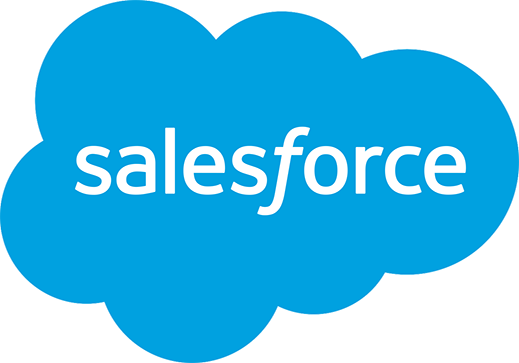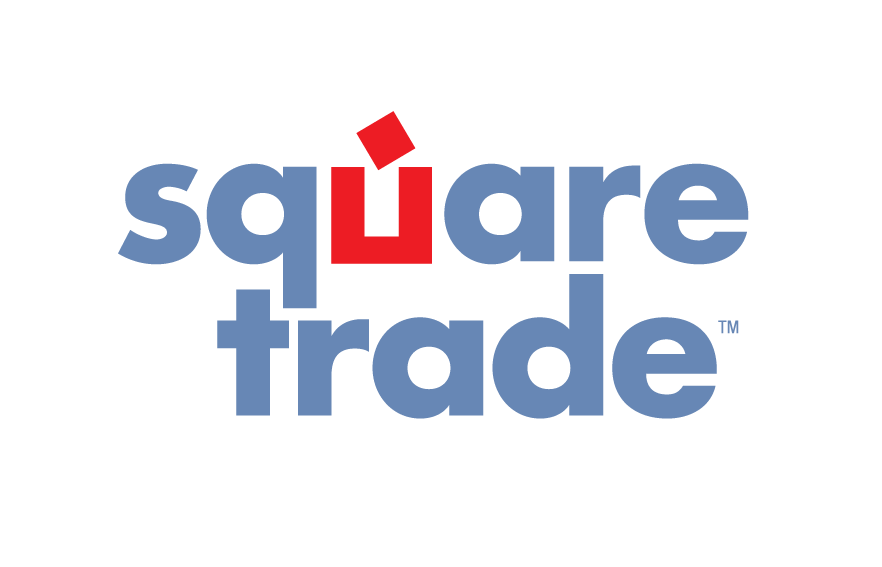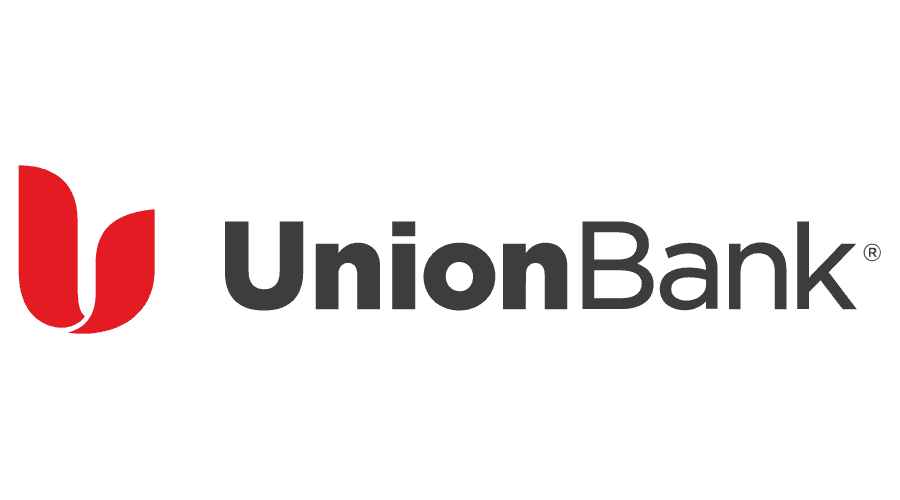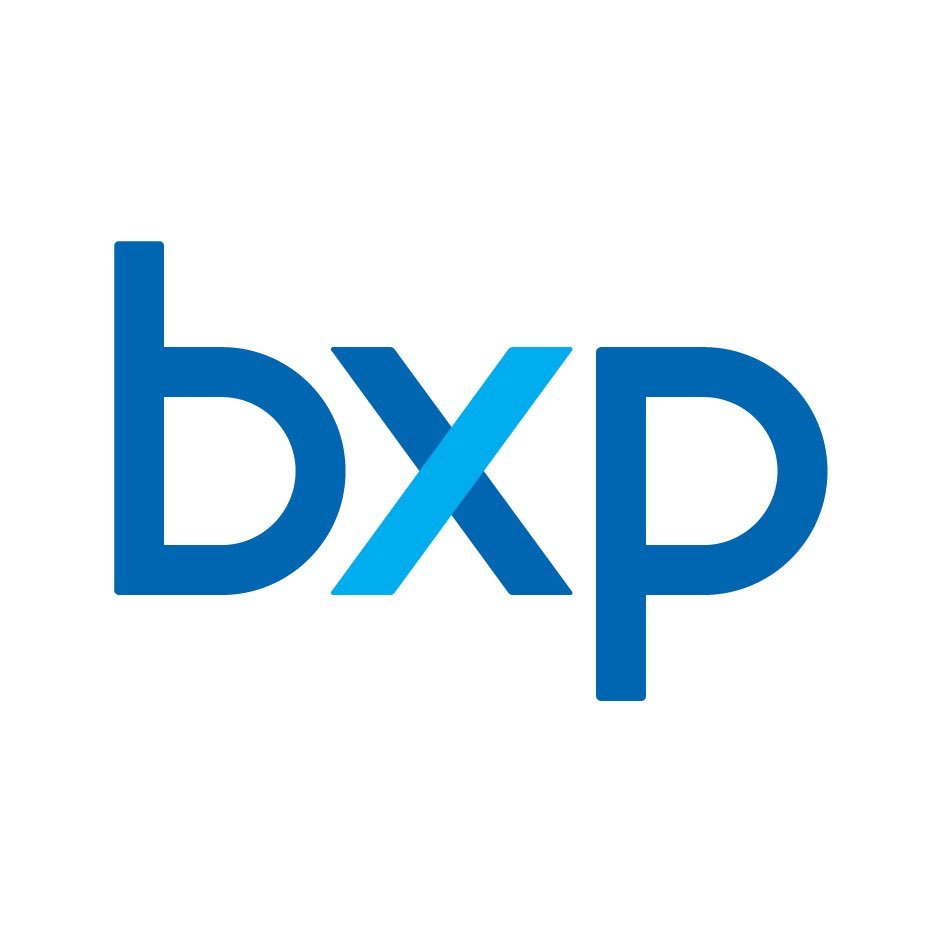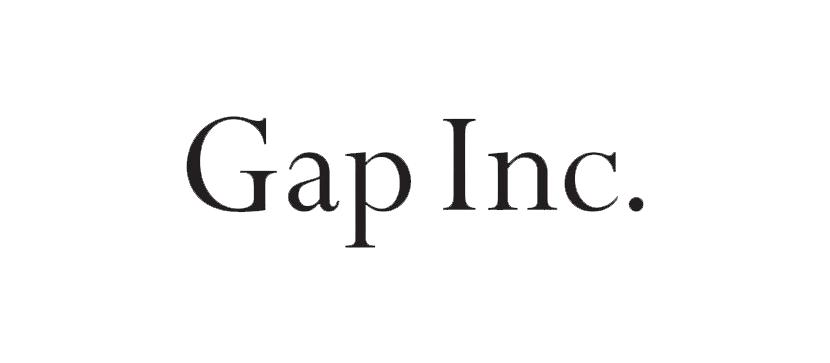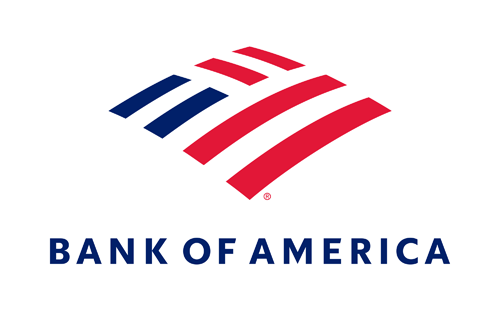Farm Bill Update: SNAP Cuts Pass House Ag Commitee

Thanks to everyone who joined in on the national call-in day to support SNAP in the Farm Bill. Here’s an update on the Farm Bill action from July 11.
On Wednesday, July 11, the House Agriculture Committee voted to accept $16 billion in cuts over 10 years to SNAP (the “Supplemental Nutrition Assistance Program”, also known as “food stamps” or “CalFresh” here in California). A group of Representatives (Reps. Jim McGovern of Massachusetts, Joe Baca of California, Peter Welch of Vermont, Marcia Fudge of Ohio and Terri Sewell of Alabama) attempted to reinstate $16 billion to the Supplemental Nutrition Assistance program, but their amendment failed on a 15 to 31 vote.
What would the $16 billion in cuts to SNAP mean for California?
- Put restrictions on the use of “Categorical Eligibility”. In California, AB 433 of 2008 (one of our Hunger Action Day bills) implemented modified Categorical Eligibility in California, extending CalFresh to individuals whose income is low enough for them to qualify but who have assets (savings, retirement funds) that would make them ineligible. Restricting the use of Categorical Eligibility in California would make approximately 177,000 low-income households ineligible for CalFresh.
- Put restrictions on the use of the “Heat and Eat” option. In California, AB 6 of 2011 (another one of our Hunger Action Day bills) will, starting January 1, 2013, increase CalFresh benefits by $43/month for about 200,000 California households by allowing them to automatically qualify for a deduction for utility payments. The Farm Bill amendment to restrict the use of Heat and Eat will limit states’ abilities to automatically allow for a utility deduction.
What happened and why?
SNAP enrollment has risen from 19 million in 2002 to 46 million in 2012. Those who favor cutting SNAP see SNAP spending as a drain on the economy and are trying to cut costs by identifying what they call “loopholes” used by states to ease SNAP enrollment. Two of the “loopholes” they’re trying to close are Categorical Eligibility and Heat and Eat. As House Agriculture Committee Chair Frank Lucas stated, “SNAP’s resources have been stretched because this administration has encouraged states to take liberties in how the program is administered”.
Anti-Hunger advocates who support SNAP see the program as an important economic stimulus and point out that SNAP enrollment is supposed to rise during times of economic difficulty, when more people are experiencing job loss, poverty, and hunger. As the economy improves, SNAP enrollment rates will go down. The Congressional Budget Office projects that the share of the population that participates in SNAP will fall back to 2008 levels in coming years and that SNAP costs as a share of the economy will fall back to their 1995 level by 2019.
Anti-hunger advocates see streamlining efforts such as Categorical Eligibility and Heat and Eat not as loopholes, but as tools to reduce administrative burdens on states and on SNAP participants while helping to ensure that hungry low-income people are able to access nutrition benefits. Categorical eligibility helps low-wage working families with children and seniors with modest savings to qualify for SNAP. Heat and Eat helps reduce paperwork and allows low-income people who don’t have utility bills in their name, but who still pay utility costs, to receive a SNAP benefit that is above the minimum benefit level of $16 per month. A cut to Heat and Eat would disproportionately affect seniors, the disabled, and working poor families with children.
Next Steps:
There is still a lot of dissention in the House of Representatives around the Farm Bill. Although it has passed through the House Agriculture Committee, there doesn’t seem to be much support for the bill in the full House. The more conservative members of the House would like to see the bill’s price tag cut down further. The more liberal members of the House don’t like the Farm Bill in its current form because of the SNAP cuts.
To further complicate matters, the Senate’s version of the Farm Bill differs significantly from the House’s version. It is unclear at this point whether either house of Congress will bring the Farm Bill to the floor for a vote before the current version of the bill expires in September. They may decide to extend the current Farm Bill until the November election and to deal with creating a new Farm Bill at a less politically contentious time.
We will continue to keep you updated on upcoming opportunities to contact your representatives and advocate for a fair Farm Bill that does not hurt hungry people.














